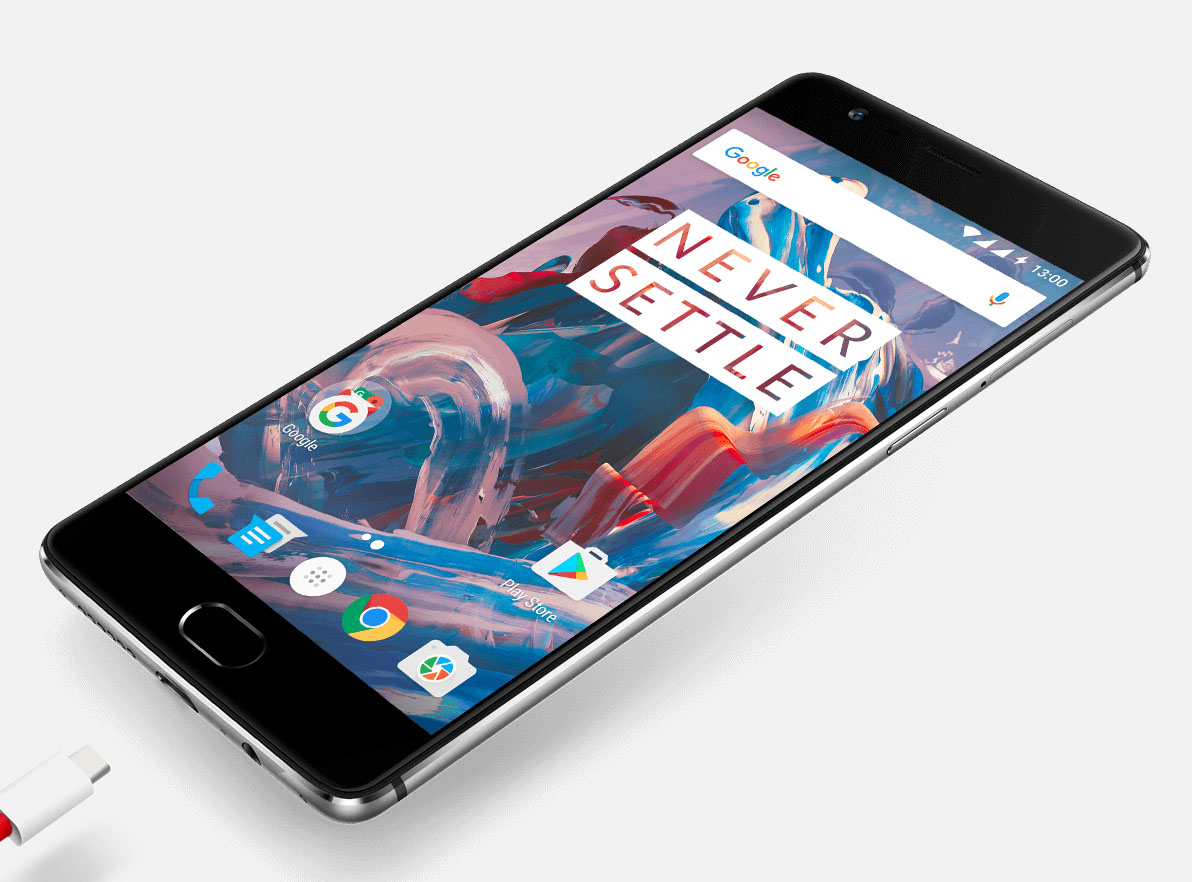Remember the time when he we all went bonkers looking at the amount of RAM present in a OnePlus 3? 6GB of RAM in a mobile device is definitely not something to be taken lightly and when the flagship phone went against a Galaxy S7 edge, we concluded that the results were quite obvious. We could never have been more wrong. OnePlus 3 suffered in the speed test despite a Galaxy S7 edge possessing 2GB of RAM less than the Snapdragon 820 powered smartphone.
The test obviously got the attention of Carl Pei, co-founder at OnePlus, and he decided to share his views as to why the handset fires up apps slower than a Galaxy S7 edge. His reply has been summarized in the tweet given below.
.@LucaDuci we have a different strategy for RAM management that benefits battery. We think this is the best user experience.
— Carl Pei (@getpeid) June 17, 2016
When firing up applications, Galaxy S7 edge is shown to be much faster possibly because of having a less aggressive memory management software. We believe that this is due to lack of effort placed on the software from the OnePlus 3 team or it is probably there to save up battery for the user, since 6GB of RAM will have a higher consumption than 4GB. However, if they invested so much time and effort in making the internals and built quality of the smartphone so impressive, then the same level of attention should also have been placed when software is taken into account.
It is safe to say that after viewing these tests, the OnePlus team will have to work tirelessly to release a software update that can better help OnePlus 3 cope with its memory manager, otherwise the 6GB RAM count is going to be pointless. In the future, there are going to be smartphones being released that will boast 10-core processors and 8GB RAM, but none of that will matter if the software has not gone through its fair share of optimizations to provide that stellar user experience.
We hope that manufacturers are able to view such mistakes and take down substantial notes on what happens when you place too much emphasis on the hardware of the smartphone rather than its software.


